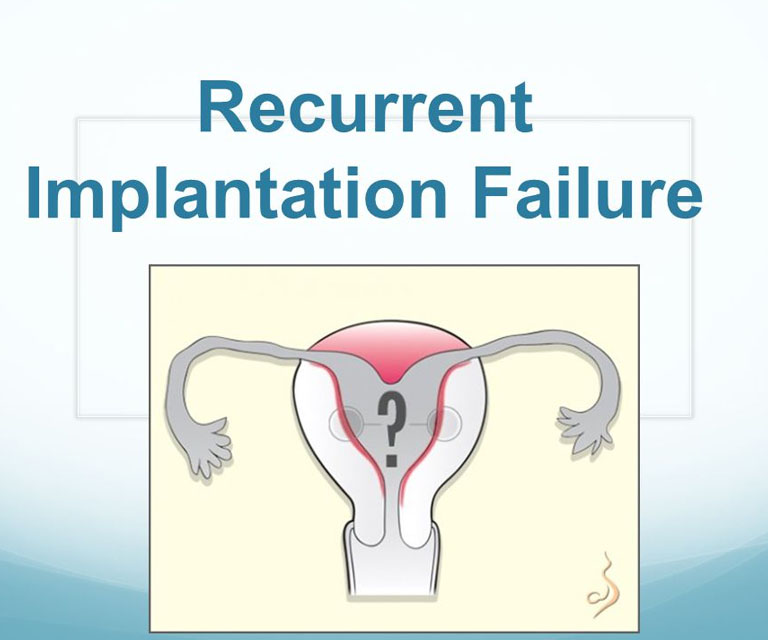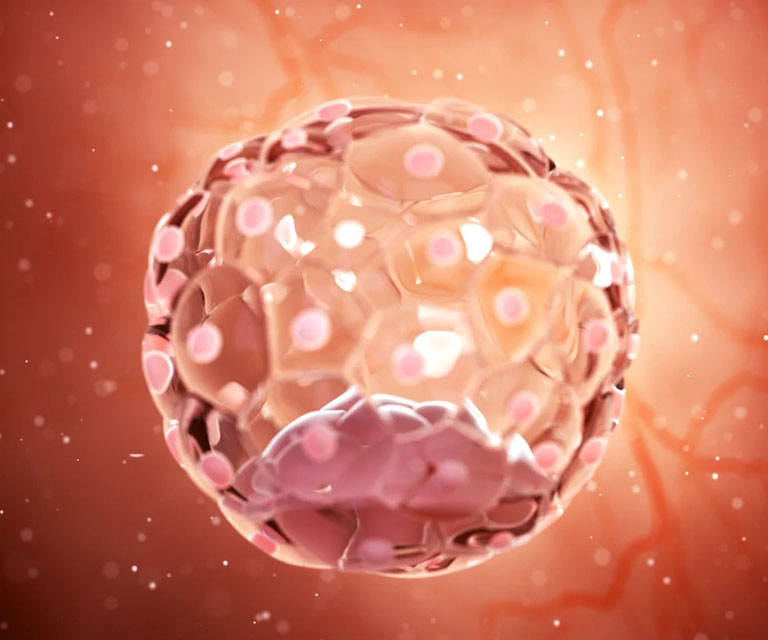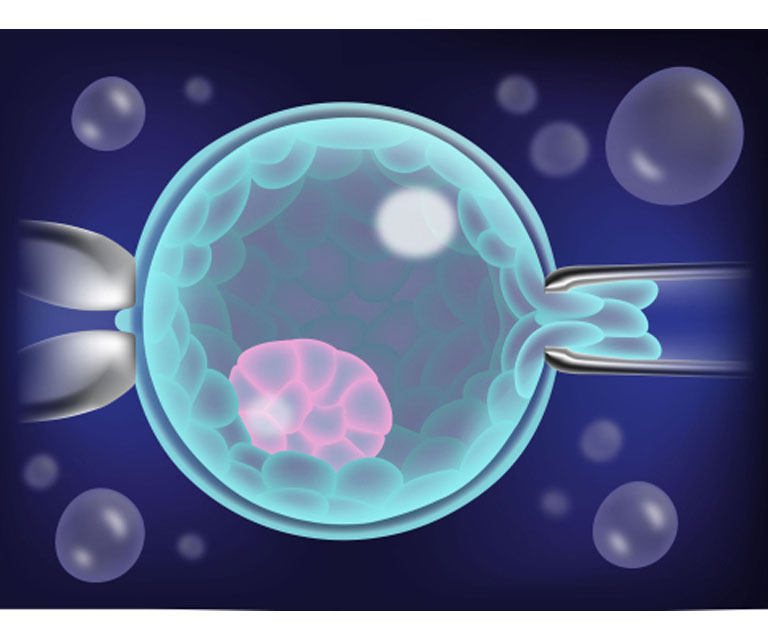Repeated implantation failure( RIF) is determined when embryos of good quality fail to implant following several in vitro fertilization( IVF) treatment cycles. Implantation failure is related to either motherly factors or embryonic causes. motherly factors include uterine anatomic abnormalities, thrombophilia,non-receptive endometrium and immunological factors. Failure of implantation due to embryonic causes is associated with either inheritable abnormalities or other factors natural to the embryo that vitiate its capability to develop in utero, to door and to implant.
New styles of time- lapse imaging of embryos and assessment of their metabolic functions may ameliorate selection of embryos for transfer, and posterior issues for IVF cases, as well as for those diagnosed with RIF. This review discusses the colorful causes associated with RIF and addresses applicable treatments. Repeated implantation failure( RIF) is determined when transferred embryos fail to implant following several in vitro fertilization( IVF) treatment cycles. still, there are no formal criteria defining the number of failed cycles or the total number of embryos transferred in these IVF attempts. Consequently, different fertility centers rehearsing IVF may use different delineations for RIF.
Considering the current success rate of IVF treatments and the mean number of embryos transferred in each cycle, we recommend defining RIF as failure of implantation in at least three successive IVF attempts, in which 1 – 2 embryos of high grade quality are transferred in each cycle. The process of implantation involves two main factors, a healthy embryo that should have the eventuality to implant and a open endometrium that should enable implantation. The “cross-talk ” between the embryo and the endometrium that eventually leads to apposition, attachment and irruption of embryos is obligatory for successful implantation and posterior normal placentation.
These processes are under thorough disquisition and feel to involve numerous intercessors forming in the embryo, as well as in the endometrium, and to also involve the motherly immunologic system. Any abnormality attributed to the embryo, the endometrium or the vulnerable system will affect in implantation failure. thus, in assessing RIF, the embryo should be estimated, with reference to the uterus and its functional endometrium. Consequently, treatment of RIF should be targeted to the abnormality detected, and the correction of any implicit malfunction that might contribute to the failure of implantation.
The description of RIF is controversial. Several experts consider the number of former IVF- embryo transfer( ET) failures as a individual criterion. ‘ Three former IVF- ET failed attempts ’ is the most generally used threshold 4. still, a nonage but not negligible proportion of authors prefer a broader description and judgments RIF after only two former IVF- ET failed attempts1. Another academy of study suggests that the focus should be also on the number and quality of transferred embryos. According to Simon and Laufer, RIF can be defined as the failure to gain a clinical gestation after three successive IVF attempts, in which one to two embryos of high- grade quality are transferred in each cycle5. Coughlan etal.
Proposed more strict individual criteria and defined RIF as the failure after the transfer of at least four good- quality embryos within minimal three fresh or frozen cycles under 40 times of age6. still, the description of good quality embryos is private and the authors frequently don't relate to participated bracket criteria. utmost of the former meta- analyzes aimed at determining the efficacity of single remedial intervention for RIF included cases with at least two former failed ET attempts.
Still, by applying these criteria, the rate of false positive RIF opinion is estimated to be considerable( at least 46) 7 and, as a consequence, the studied population presumably included a significant proportion of cases without a real handicap to generality but who hadn't yet succeeded just because of statistical mischance. substantiation about efficacity of remedial interventions inferring from meta- analyzes conducted with these hypotheticals cannot thus be considered fully dependable.
In the present methodical review and meta- analysis, we defined RIF as the failure to gain a clinical gestation after at least three ET attempts. By using this threshold, the threat of false positive opinion is significantly lower7. Importantly, these individual criteria also count rudiments of subjectivity and are thus fluently replicable in any clinical setting. curatives and interventions Proposed curatives and interventions for RIF can be grouped in four orders
1. Uterine interventions(e.g. purposeful endometrial injury; hysteroscopy; endometrial slice for histology and microbiological examinations and endometritis treatment; atosiban administration; bobby intrauterine device placement
2. Laboratory and procedural technologies and interventions( i.e. successional ET( i.e. successional ET on day2/3 and on day 5); ET medium amended with hyaluronic acid; autologous embryo- assemblage cellsco-culture; intracytoplasmic morphologically named sperm injection( IMSI); blastocyst stage ET; zygote intrafallopian tube transfer( ZIFT); supported hatching( AH); preimplantation inheritable testing for aneuploidies( PGT- A))
3. Immunomodulatory curatives(e.g. intravenous immunoglobulin( IVIG); intrauterine supplemental blood mononuclear cell( PBMC) infusion; tacrolimus; subcutaneous or intrauterine granulocyte colony stimulating factor( G- CSF) administration; intrauterine autologous platelet-rich tube( PRP) infusion; intravenous intralipid; intrauterine mortal chorionic gonadotropin( hCG) injection; low- molecular- weight heparin( LMWH); aspirin; prednisolone)
4. Treatments enhancing endometrial receptivity or technologies aimed at relating the endometrial window of implantation( WOI)(e.g. intramuscular growth hormone( GH); vaginal sildenafil; endometrial receptivity array( period)). In utmost cases, the abovementioned remedial interventions are promising. still, clinicians can hardly acquaint themselves toward such a plethora of options with frequently unproven efficacy2. Aim Considering the methodological sins of the former benefactions and the misgivings about the favored treatment strategies, we conducted the present methodical review and meta- analysis with the end to assess the effect of the different curatives and interventions for RIF on the posterior IVF cycle issues.



© 2022 Jannee Fertility Centre. All Rights Reserved.
Designed by AMS Informatics